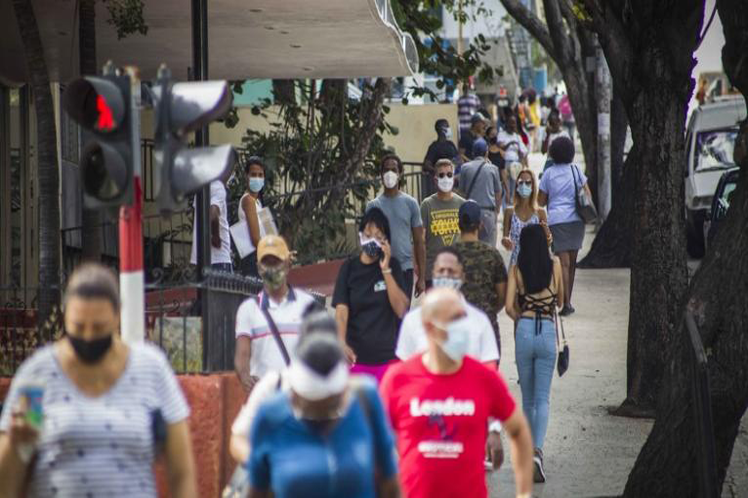The fact that fertility rate (average number of children per woman) is far from exceeding the 2.1 necessary for an adequate replacement every year since 1979 set off alarms, as this means that a pyramid of stable population is not guaranteed.
An article by the Center for Demographic Studies of the University of Havana (CEDEM) considered the high levels of schooling and incorporation of women, in addition to economic difficulties and limited access to housing as determining elements of said index.
The figures for the first quarter of 2020 painted a bleak outlook for Cuba, pointing, for the first time, to a natural decrease in the number of its inhabitants.
As explained by Marino Murillo, head of the Permanent Commission for the Implementation and Development of the Guidelines of the Communist Party of Cuba and the Revolution, 105 thousand children were born and 111 thousand people died last year.
This means that ‘the Cuban population, which has been declining for years, is not biologically reproducing, because more are dying than being birthed,’ he warned.
Another characteristic element of the demographic trends in Cuba is the aging population, with life expectancy exceeding 78 years.
The phenomenon stems from the decrease in the number of births, the increase in life expectancy and the migration rate of the population of reproductive age, according to a publication under the title ‘Aging Population in Cuba’.
ef/llp/ool/cgc









